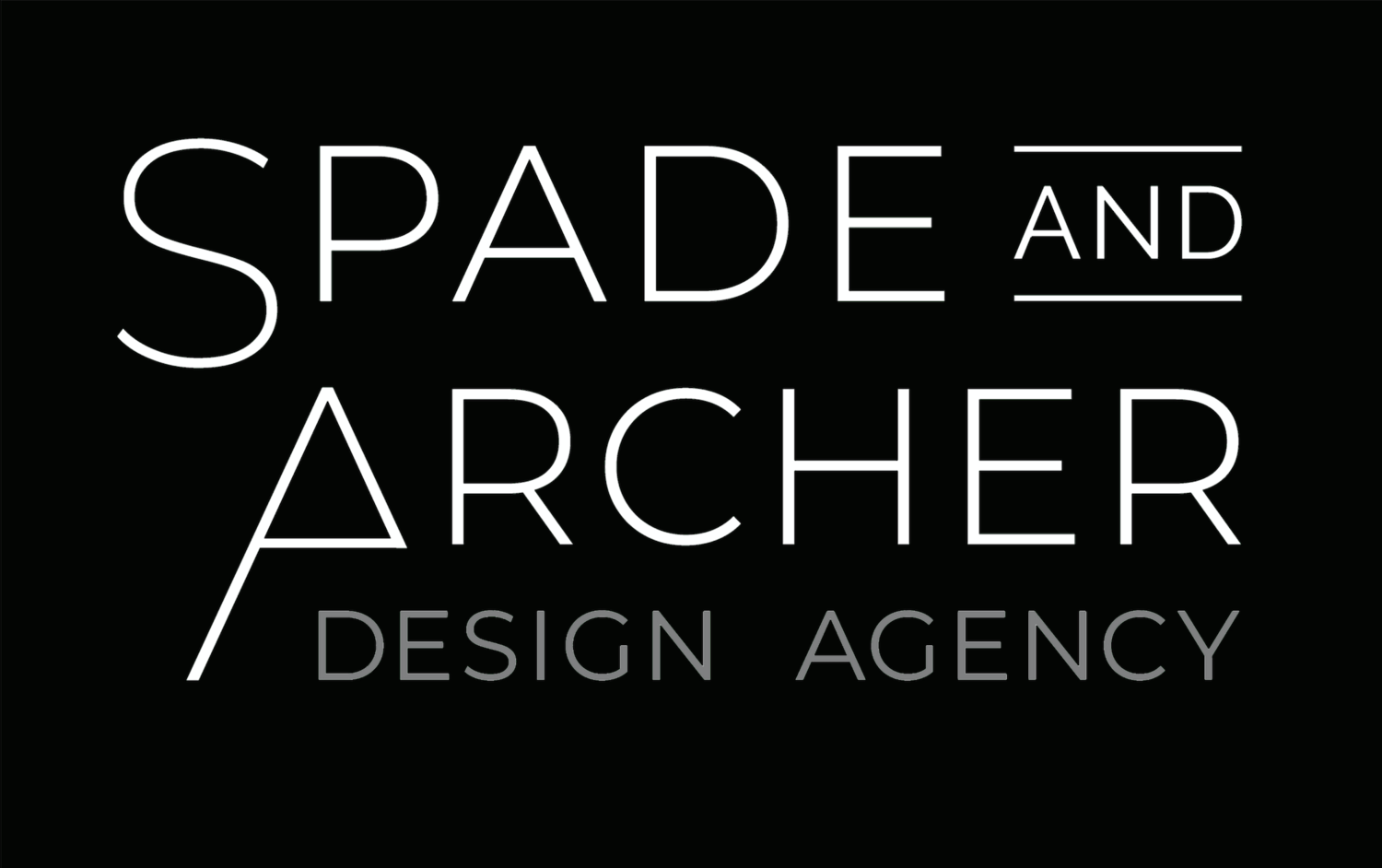We, as stagers, are often asked about our design aesthetic. Designers are harbingers of good taste, and we always stay up to date on different design ideas and viewpoints. Many staging companies pour a lot of time and effort into staying trendy, but we actually have a responsibility to be classic and timeless. At Spade and Archer, we don’t have so much a design style as we do design principles -- our "pillars of success" strategies that sell homes.
“Aspirational obtaintable” is one of our top design principles. This principle creates a home that someone finds comfortable, inspiring and realistic. Stagers who focus on the “style” in the staging are missing the point altogether. Our purpose in home staging is not to promote one's own personal point of view, but rather to highlight the features of a property and compliment its architectural style. We also want the potential buyers to feel comfortable and identify with our furnishings while not being distracted from what they really came to see -- the home. Through this, they aspire to the lifestyle the home caters to and also believe it is obtainable (affordable) for them.
Some of our other design principles include: letting in the light, staging the outdoors, mixing vintage with modern, no fakery, thoughtful accessories and more.
A realtor, photographer, and a home staging company are your best marketing team when considering selling your home. Look at your home stager as your visual merchandiser for selling your product (err, we mean your home). Watch this video and find out why Spade and Archer is a real estate agent's No.1 team pick.
Trends can be polarizing, and by focusing on them in staging, you can quickly eliminate a large buying pool. An entire house filled with only contemporary furniture may not appeal to some buyers, so no matter how great the house is, they are already out the door. For each of our projects, our designers hand-select every item starting with upholstered goods and rugs as well as case goods. We then layer in accessories and art that span different periods and styles for a well-rounded look. This approach caters to a much broader demographic, and regardless of the buyer's personal style, they will undoubtedly find something they can relate to and will feel welcomed by. With this, they will feel more at home and will give your listing more of their attention.
Curious to see our portfolio? Here's a quick link to various work samples on our website You can also find us on Instagram @spadearcher for more on our design principles, recent projects, and other fun shenanigans. Should you have any questions on how we can make your next listing aspirational and obtainable, give us a ring. We'd love to learn about your upcoming staging needs.








